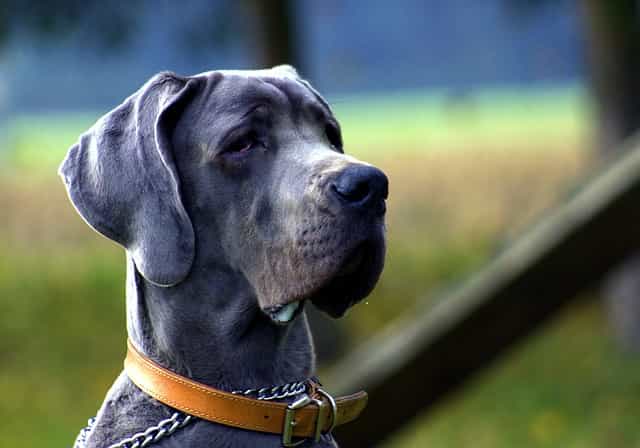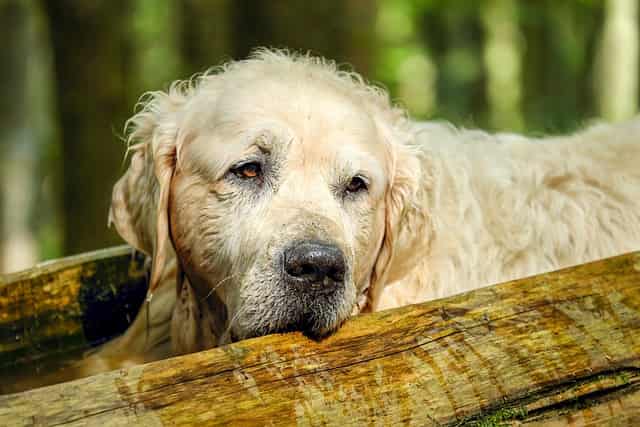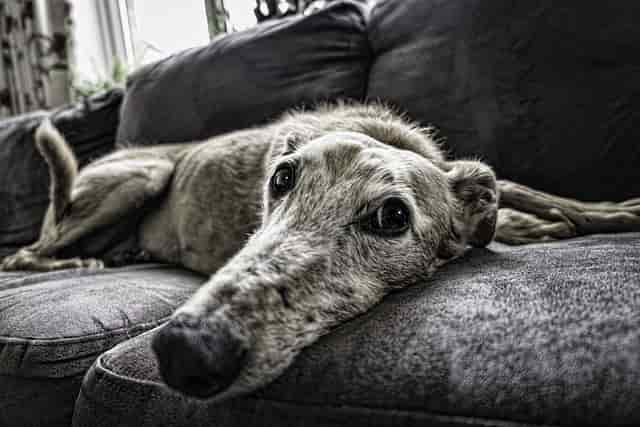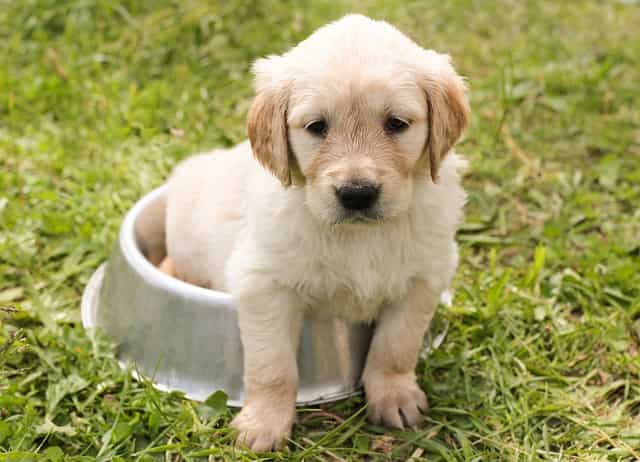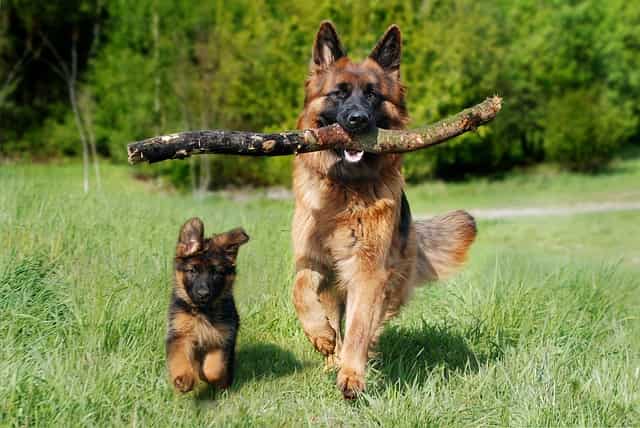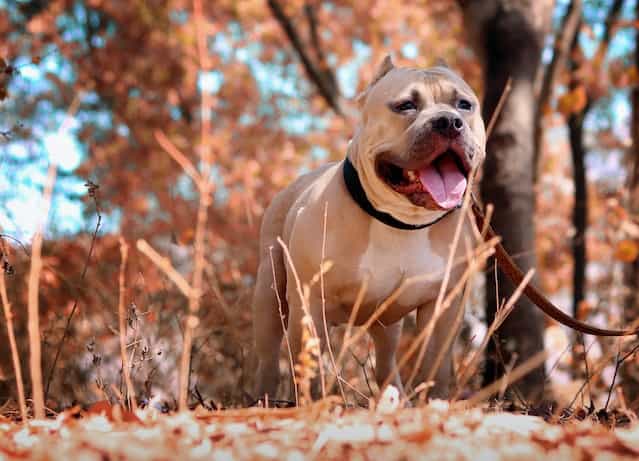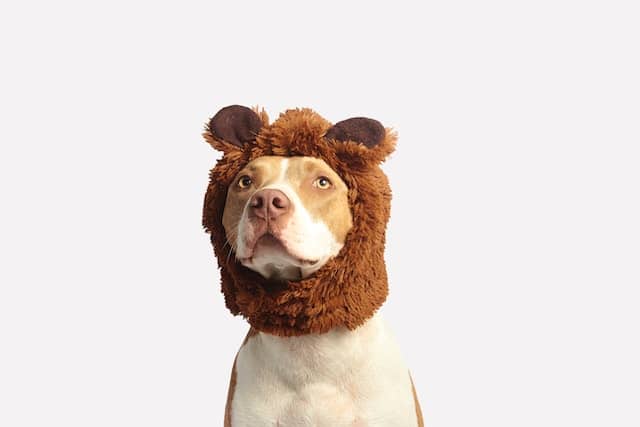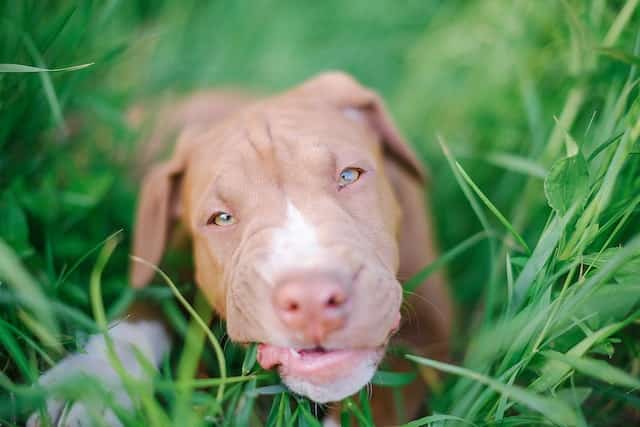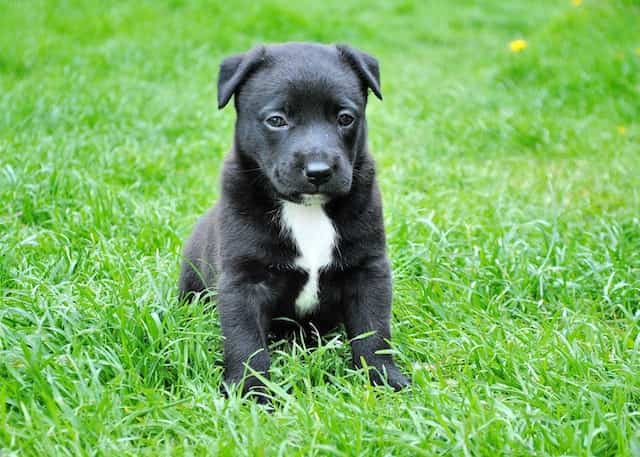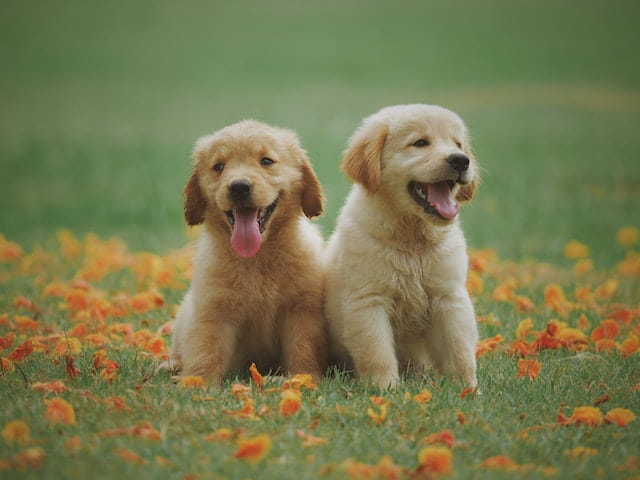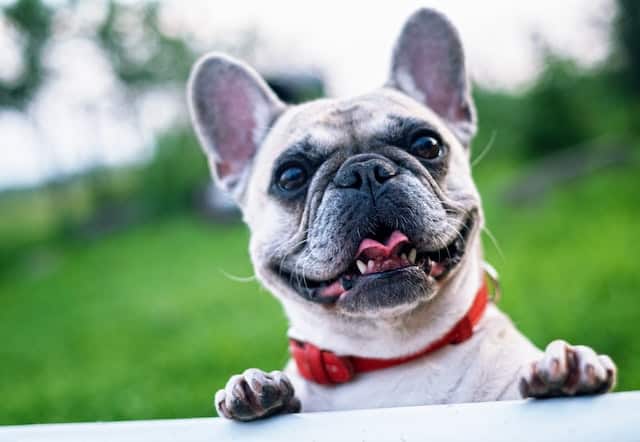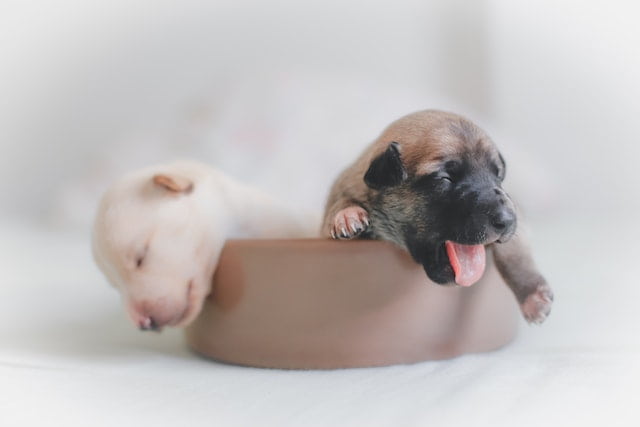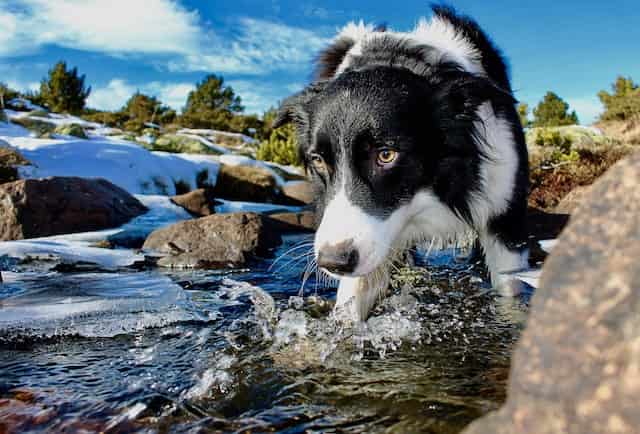
Dogs are known for their barking, and it is a natural behavior for them to communicate with their owners and other dogs. However, sometimes dogs bark at seemingly nothing, leaving their owners puzzled and confused. This behavior can be frustrating for dog owners and can lead to concerns about their dog’s mental health.
There are several reasons why dogs bark at nothing. One of the most common reasons is that they hear something that humans cannot. Dogs have a much better sense of hearing than humans, and they can pick up on sounds that are too high or too low for us to hear. It is possible that your dog is barking at a distant sound that you cannot hear.
Another reason why dogs bark at nothing is that they are trying to get attention. Dogs are social animals and want to interact with their owners. If they are feeling bored or lonely, they may bark to get your attention. It is important to make sure that your dog is getting enough exercise and mental stimulation to prevent this type of behavior.
Canine Communication 101
Dogs communicate with each other and with humans through a variety of means, including body language, vocalizations, and scent. Understanding these forms of communication can help us better understand why dogs bark at seemingly nothing.
Body language is one of the most important forms of communication for dogs. They use their posture, facial expressions, and tail movements to convey information to other dogs and humans. For example, a dog with a relaxed body posture and wagging tail is likely feeling happy and friendly, while a dog with a stiff body and raised hackles may be feeling fearful or aggressive.
Another important aspect of canine communication is vocalizations. Dogs use a variety of sounds to communicate, including barks, whines, growls, and howls. Barking is the most common form of vocalization, and dogs use it to convey a wide range of messages. For example, a dog may bark to alert their owner to a potential threat, to express excitement or frustration, or to communicate with other dogs.
In addition to body language and vocalizations, dogs also use scent to communicate. They have a highly developed sense of smell and can use it to identify other dogs, mark their territory, and detect changes in their environment. For example, a dog may bark at a particular spot in the yard because they can smell another dog’s scent there.
Overall, understanding canine communication is an important part of understanding why dogs bark at seemingly nothing. By paying attention to your dog’s body language, vocalizations, and scent, you can better understand what they are trying to communicate and respond appropriately.
Possible Reasons for Barking at Nothing
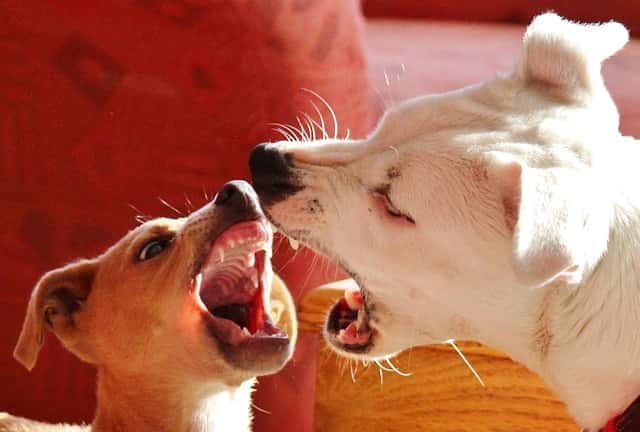
While it may seem like your dog is barking at nothing, there are often underlying reasons for their behavior. Some possible reasons for barking at nothing include:
- Alerting to a sound: Dogs have a keen sense of hearing and may be barking at a sound that humans cannot hear. This could be anything from a distant siren to a small animal outside.
- Boredom: Dogs that are left alone for long periods of time may bark out of boredom or frustration. This type of barking is often accompanied by other destructive behaviors.
- Anxiety: Dogs that suffer from anxiety may bark as a way to cope with their stress. This type of barking is often accompanied by other anxious behaviors, such as pacing or trembling.
- Territorial behavior: Dogs may bark at anything that they perceive as a threat to their territory, such as other animals or people passing by.
- Medical issues: In some cases, dogs may bark excessively due to underlying medical issues, such as pain or hearing loss.
If your dog is barking at nothing, it is important to try and identify the underlying cause of their behavior. This can help you address the problem and prevent it from becoming a more serious issue. In some cases, professional help may be necessary to help your dog overcome their barking behavior.
Medical Issues to Consider
While it’s normal for dogs to bark, excessive barking at nothing could be a sign of an underlying medical issue. It’s important to consider medical issues when trying to understand why your dog is barking at nothing.
One possible medical issue is pain. Dogs that are in pain may bark excessively to express their discomfort. If your dog is barking at nothing and seems to be in pain, it’s important to take them to the vet for an examination.
Another medical issue to consider is cognitive dysfunction syndrome (CDS). This is a condition that affects older dogs and can cause confusion and disorientation. Dogs with CDS may bark excessively, even at nothing. If you suspect your dog has CDS, it’s important to take them to the vet for a proper diagnosis and treatment plan.
Finally, it’s important to consider any medications your dog may be taking. Some medications can cause behavioral changes, including excessive barking. If your dog’s barking coincides with starting a new medication, it’s worth discussing with your vet to see if there are any alternatives available.
Training and Management Tips
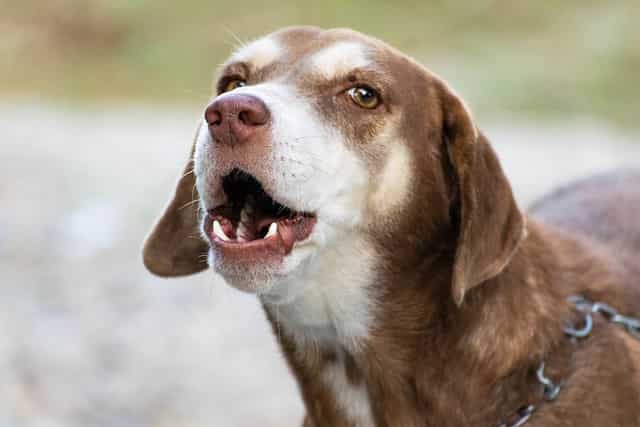
If your dog is barking at nothing, it can be frustrating and challenging to deal with. However, there are several training and management tips that can help you address this behavior effectively.
Here are some tips:
- Identify the trigger: Try to identify what is causing your dog to bark. Is it a particular sound, smell, or sight? Once you identify the trigger, you can work on desensitizing your dog to it.
- Redirect your dog’s attention: When your dog starts barking at nothing, redirect their attention to something else. This can be a toy, a treat, or a command like “sit” or “stay.”
- Teach your dog the “quiet” command: Teaching your dog the “quiet” command can be helpful in stopping excessive barking. Start by saying “quiet” when your dog is barking and rewarding them when they stop. With practice, your dog will learn to associate the command with stopping barking.
